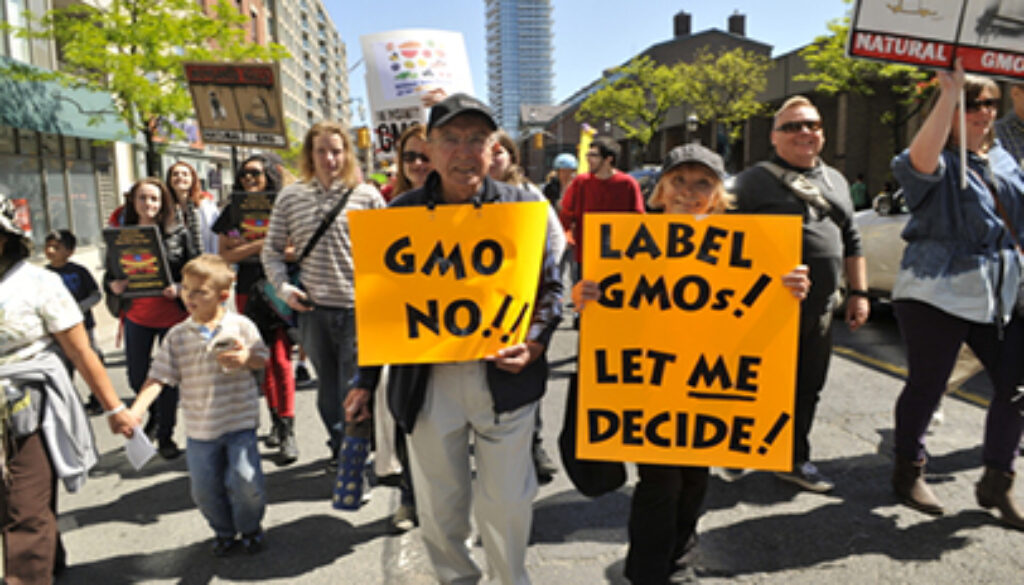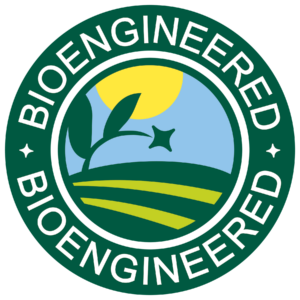Court smacks USDA for lack of transparency in GMO labeling
Years of legislative and court battles over the labeling of genetically engineered (GE) foods took another turn this week when a federal court determined on Tuesday that the US Department of Agriculture (USDA) erred in allowing food companies to label GE products simply with digital codes that consumers have to scan, without any accompanying disclosure options.
Under USDA rules that took full effect earlier this year, food made with genetically modified crops can be labeled simply as “bioengineered” (BE), or come with a QR code guiding consumers to more information online, among other options.
But the court said those rules did not comply with the law, and found that the USDA knew that allowing “standalone electronic disclosure” would not provide consumers “sufficient access” to disclosures about bioengineering involved in creating certain products.
The National Bioengineered Food Disclosure Standard was passed six years ago as an amendment to the Agricultural Marketing Act of 1946 in order to nullify state laws mandating that foods made with GMO soybeans, corn, or other GMO crops be labeled as such. The Grocery Manufacturers Association (GMA), which represents the interests of the nation’s largest food and beverage companies, was a key architect of the legislation.
Though the law provides for “a mandatory uniform national standard for disclosure of information to consumers,” the USDA did not adhere to that standard in crafting rules for how the law would be implemented, the court found.
The court said the law specifically requires that a electronic or digital link be accompanied by “on-package language” indicating that the link provides access to food information, along with a telephone number that provides access to the bioengineering disclosure.
The court took note that a study conducted for USDA found “key technological challenges,” including a lack of technical knowledge and a lack of infrastructure that would prevent consumers from obtaining information through electronic or digital disclosure methods.
The court ruled that USDA’s decision to allow for electronic or digital disclosures without requiring additional on-package labeling was a “significant error,” and ordered USDA to correct the rules to comply with the law.
“The court has now confirmed that the USDA acted unlawfully in allowing standalone QR code and other digital and electronic GMO labeling,” Andrew Kimbrell, executive director of the Center for Food Safety (CFS), said in a statement. “This should be a warning to the industrial food sector that avoiding clear on-packaging labeling by using QR codes alone will not pass legal scrutiny.”
CFS filed the court challenge against the USDA in 2020 on behalf of a coalition of nonprofit groups and retailers, including the Natural Grocers retail chain and Puget Consumers Co-op, the nation’s largest community-owned food market. The lawsuit followed the USDA’s rulemaking in December 2018. The labeling law fully took effect this past January.
The court sided with USDA on several other challenges brought by CFS, including upholding USDA’s use of the word “bioengineered” and blocking the use of the descriptions “GE” or “GMO.” The court also ruled that the USDA can continue to exclude “highly refined” products such as sugar from mandatory labeling unless the genetically altered material is detectable through manufacturer testing.
 EWG
EWG




September 25, 2022 @ 8:54 pm
Just remember the PORCINE like Character Mike Pompeo ( who now wants to be president ) was largely responsible for the obfuscation of the GMO foods labeling!
September 25, 2022 @ 5:16 pm
Finally!!! Well done OCA and IRT (Jeffrey Smith)
Keep up fighting for healthy food and environment at all.
I am with you since years even living in Zambia.
September 24, 2022 @ 4:36 pm
Thank you so much for your continued work to educate about pesticides! Recently the Phoenix, AZ newspaper, The Arizona Republic, published an article about a study being conducted at Arizona State University, concerning the relationship between glyphosate and the blood brain barrier. The study has been done using mice & while in the preliminary stage of research, they found even small amounts of the chemical did penetrate the blood brain barrier. If you would like to contact the reporter for more updates here is her email: stephanie.innes@gannett.com
September 24, 2022 @ 3:45 pm
Genetic engineered foods are a negative thing. They usually do this to crops so they can survive applications of Round Up, another negative thing. They should keep the original labeling “No GMOS. Stop lying to the public that this is a good thing. When plants are pollinated by wind and pollinators, the modified plants can spread without control. We don’t know the long term effect of these modifications. If they genetically modify an animal, it should never be used for food or be allowed to breed indiscriminately.
September 23, 2022 @ 7:24 pm
Thank You. Now to get the word out.